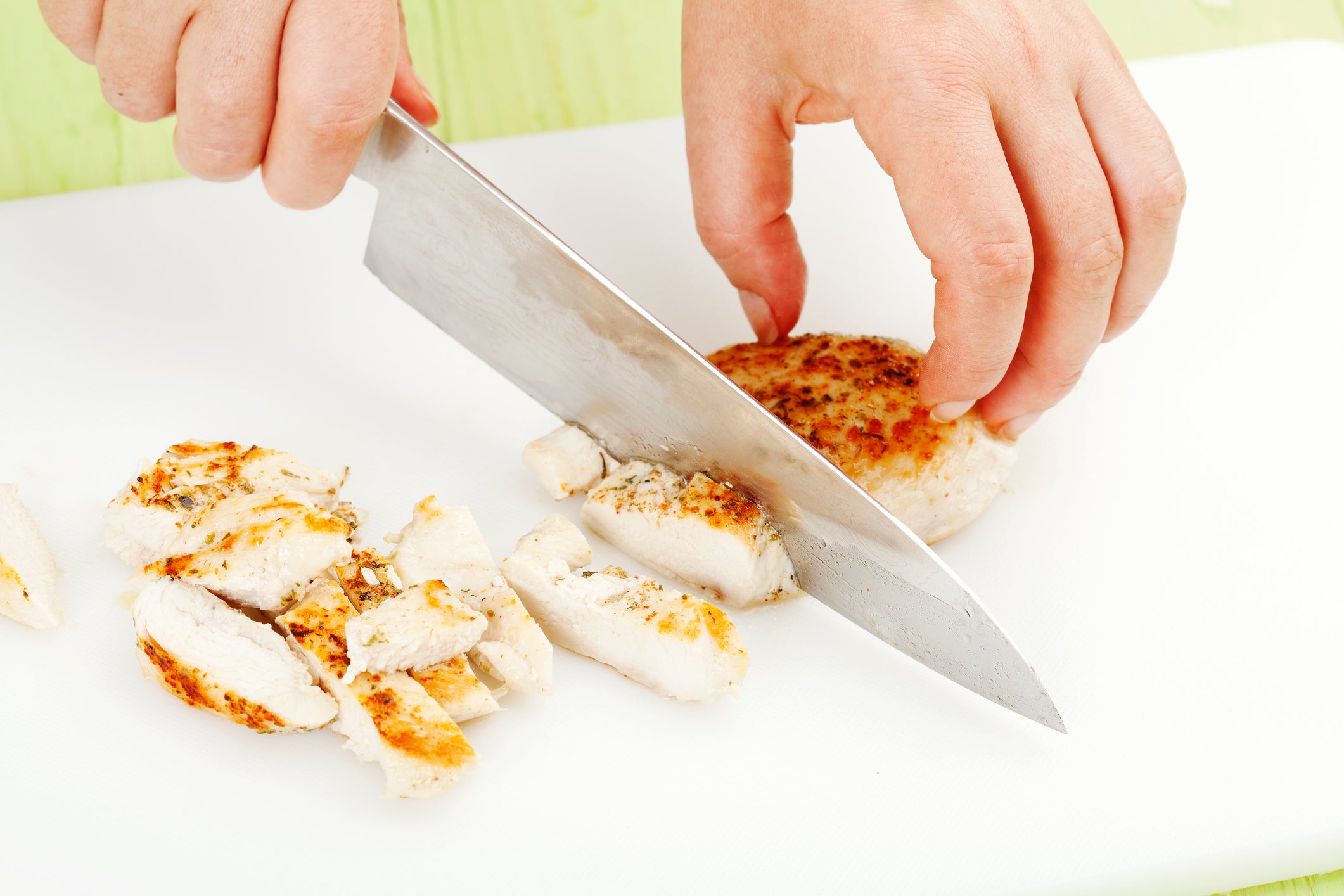
Protein, protein, protein! That’s the first nutrient we emphasize as you go through our program. Do you know if your protein is measuring up? Protein is important in preserving muscle mass, a healthy immune system and hundreds of other important functions in our bodies. Your protein goal is provided to you during your first visit with the dietitian. There are several ways to calculate your protein.
Foods that have a Nutrition Facts label are helpful. This label lists the number of nutrients in one serving of the food. If the package has two servings and you eat the entire package, then you need to double the amount of protein listed. If there isn’t a Nutrition Facts Label available, you can use online databases to determine protein. A helpful nutrition database is the nutritiondata.self.com website. The information is provided in the Nutrition Facts Label format. The information is from the United States Department of Agriculture.
Food scales and measuring cups will help with measuring your protein. One ounce of cooked meat is seven grams of protein. Meat includes fish/seafood, chicken, turkey, pork, beef and game meats. Is your meat portion the size of a deck of card or the palm of a medium-size woman’s hand? That is three to four ounces, which is 21-28 grams of protein.
If your meat portion is half a cup, that’s 20 grams of protein. Is your meat portion the size of a hockey puck or checkbook? That’s three ounces and provides 21 grams of protein. Check out the food lists from your nutrition guidelines to find out how much protein is found in dairy foods and beans.
Tracking your intake with an app like Baritastic is another way to track your protein. Helpful features include scanning the food’s barcode or speaking into your phone to detail your food choices. A written food journal is another good way to track your protein intake. If you prefer a written journal, you can use the food lists from your nutrition guidelines to help calculate your protein.
Be aware of what portion size you choose. If you use the speaking feature to record your food, saying “rotisserie chicken” ends up being half the chicken. It is more accurate to tell the app that you had “two ounces of cooked chicken breast.” Selecting the most accurate portion requires searching through the list of options to find the portion that is closest to what you actually ate.
So, does your protein measure up?
Information provided by Rene Norman, RD/LD, bariatric dietitian.
